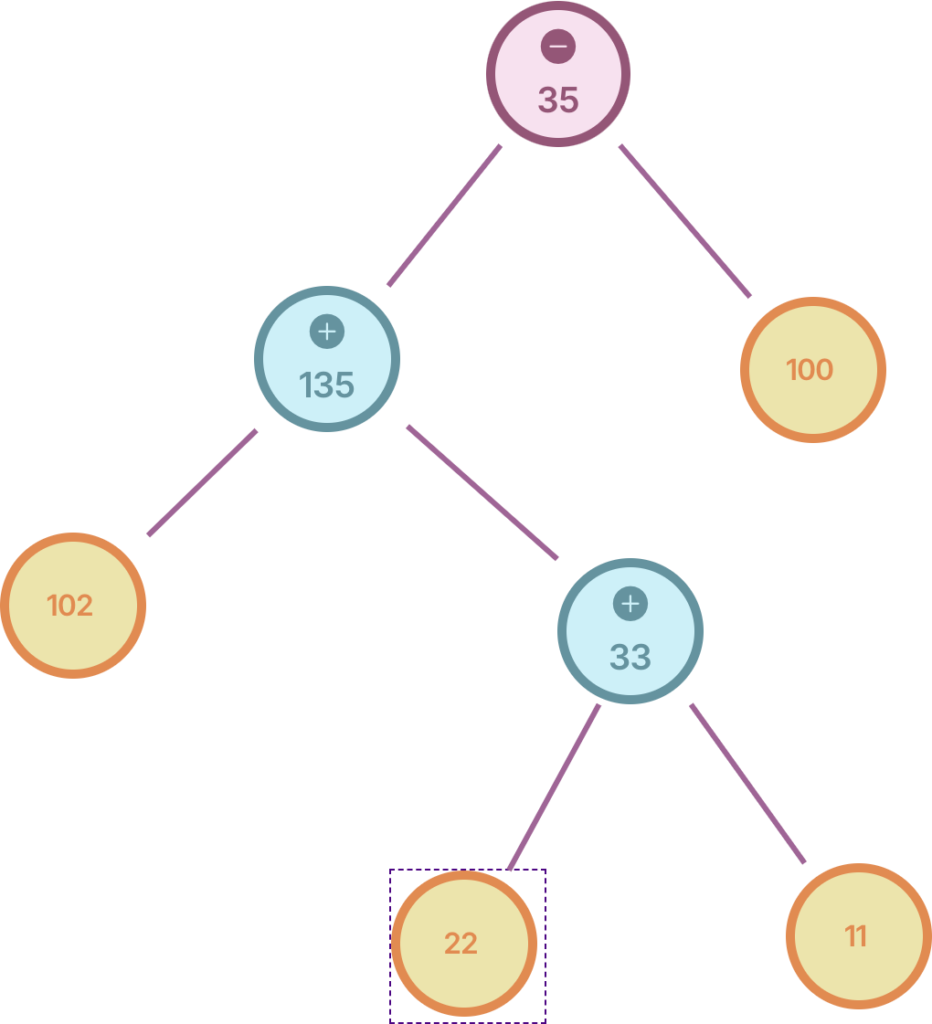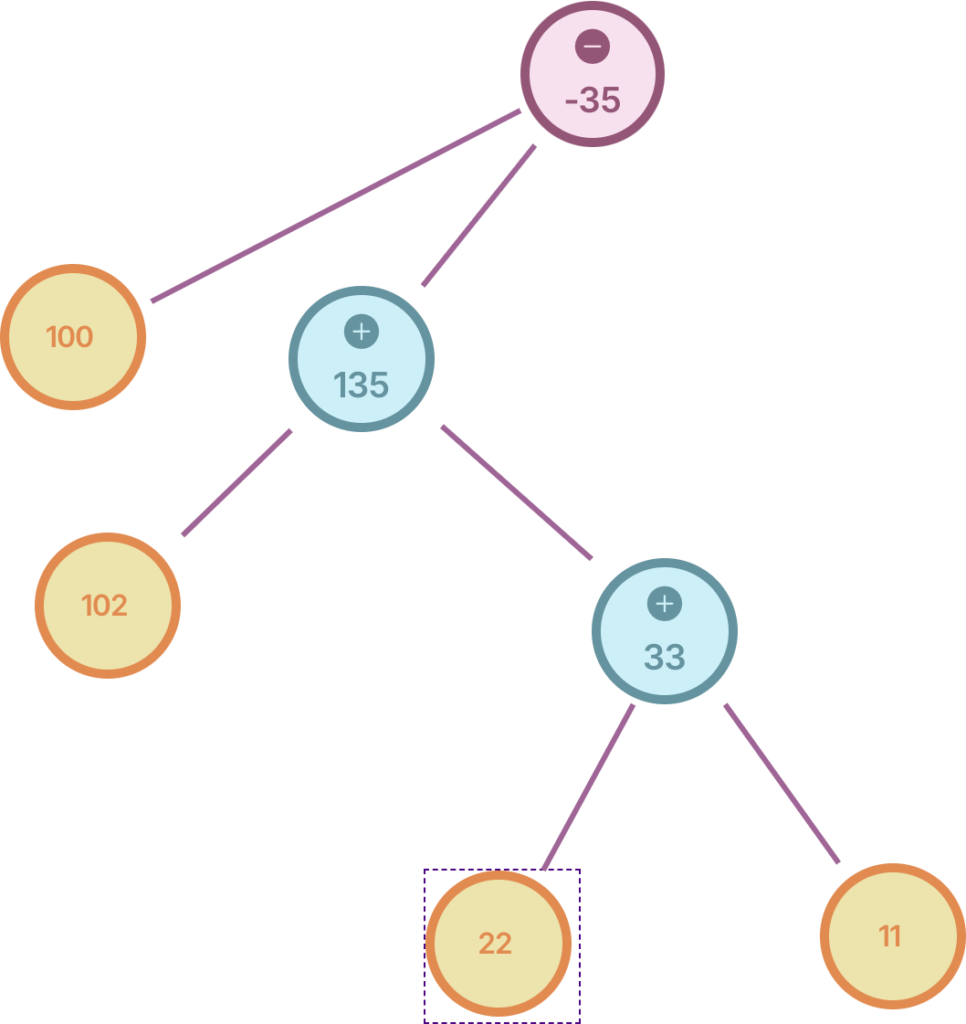Glossary
- Abstract Syntax
- Abstraction
- Behavioral Modeling
- Blended Modeling
- Code Generation
- Concrete Syntax
- Constraints
- Domain-Specific Language (DSL)
- EMF/Ecore
- Executable Model
- Executable UML (xUML)
- Flexible Modeling
- Metamodel
- Meta Object Facility (MOF)
- Metamodeling Language
- Model-Driven Architecture (MDA)
- Model Transformation
- Model Validation
- Model Simulation
- Multi-view Modeling
- Platform-Independent Model (PIM)
- Platform-Specific Model (PSM)
- Positional Notation
- Projectional Editing
- Refactoring
- Refinement
- Round-Trip Engineering
- Syntactic Sugar
- Topological Notation
- Traceability
- Transformation Language
- Unified Modeling Language (UML)
- Viewpoint
- Workbench
- Team & Partners
- Video Tutorials
- Privacy Policy
- Cookie Policy
- Single Page (eg Policy)
- Teaching
- User Guide
- Cloud & Reactiveness
- What’s new
- Higher Visual Capabilities
- Real-time Collaboration
- LSP/GLSP vs. Jjodel
- EMF vs. Jjolde
- Jjodel Cookbool
- Co-Evolution Capabilities in Jjodel, EMF/Sirius, and MetaEdit+
- Where Jjodel is adopted?
- Student Survey
- Roadmap
- JSX for Model Navigation
- Abstract Syntax
- Abstraction
- Behavioral Modeling
- Blended Modeling
- Code Generation
- Concrete Syntax
- Constraints
- Domain-Specific Language (DSL)
- EMF/Ecore
- Executable Model
- Executable UML (xUML)
- Flexible Modeling
- Metamodel
- Meta Object Facility (MOF)
- Metamodeling Language
- Model-Driven Architecture (MDA)
- Model Transformation
- Model Validation
- Model Simulation
- Multi-view Modeling
- Platform-Independent Model (PIM)
- Platform-Specific Model (PSM)
- Positional Notation
- Projectional Editing
- Refactoring
- Refinement
- Round-Trip Engineering
- Syntactic Sugar
- Topological Notation
- Traceability
- Transformation Language
- Unified Modeling Language (UML)
- Viewpoint
- Workbench
- Team & Partners
- Video Tutorials
- Privacy Policy
- Cookie Policy
- Single Page (eg Policy)
- Teaching
- User Guide
- Cloud & Reactiveness
- What’s new
- Higher Visual Capabilities
- Real-time Collaboration
- LSP/GLSP vs. Jjodel
- EMF vs. Jjolde
- Jjodel Cookbool
- Co-Evolution Capabilities in Jjodel, EMF/Sirius, and MetaEdit+
- Where Jjodel is adopted?
- Student Survey
- Roadmap
- JSX for Model Navigation
Positional Notation
In modeling, positional or geometric notation refers to a system where the physical layout, spatial relationships, and geometric positions of elements convey meaning, in contrast to topological notation, which focuses on connectivity or relationships without regard to exact spatial arrangement.
In positional or geometric notation:
- Spatial Arrangement Matters: The exact location, size, and shape of elements are significant. For instance, a diagram may use proximity or alignment to indicate relationships or hierarchies.
- Visual Semantics: Models often use geometric shapes (e.g., rectangles, circles, lines) to represent entities and relationships. The positioning can imply directionality, flow, or containment, as in flowcharts or architectural diagrams where components are organized spatially.
- Scale and Distance: In geometric notation, scale can indicate importance or capacity. For instance, a larger box might represent a more central component, or distance between elements may reflect weak vs. strong associations.
In contrast, topological notations only consider connections or adjacency, making it possible to rearrange elements without altering the model’s meaning. Geometric notations are common in fields where spatial relationships carry functional meaning, such as in architecture, circuit diagrams, railway notation, and certain UML diagrams (e.g., sequence diagrams).
Example. In the following figure, two different layouts of the same diagram are given. On the left-hand side (a), the expression (see topmost node) is evaluated as (135 – 100) = 35 whereas on the right-hand side is evaluated as (100 – 135) = -35.



